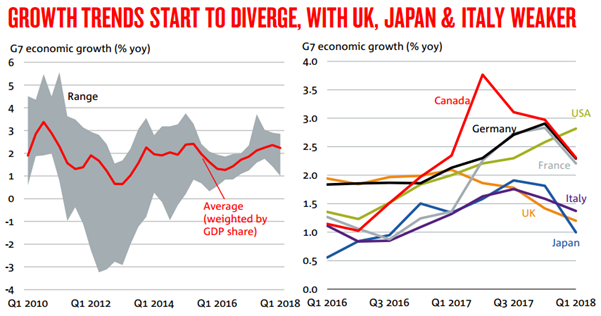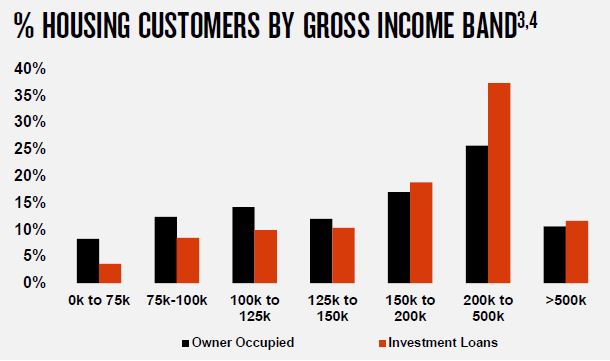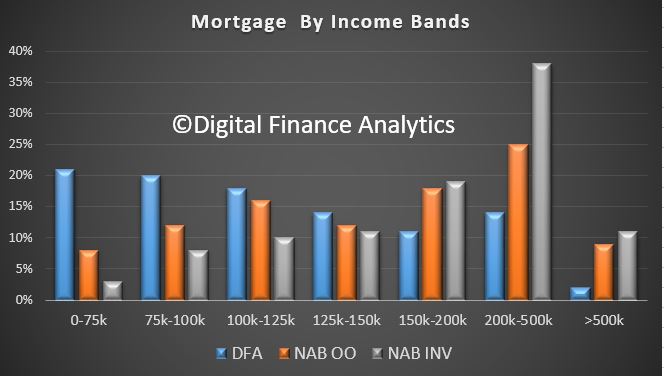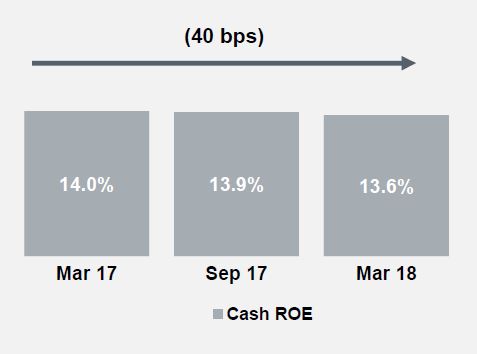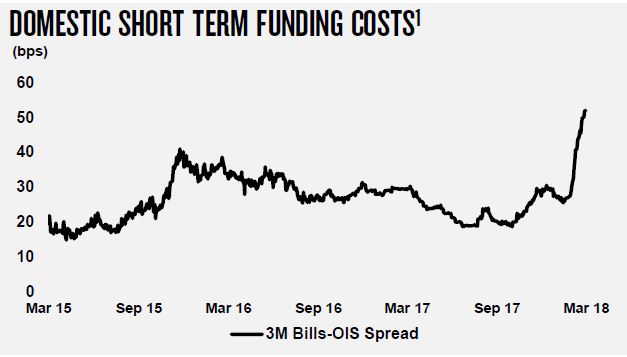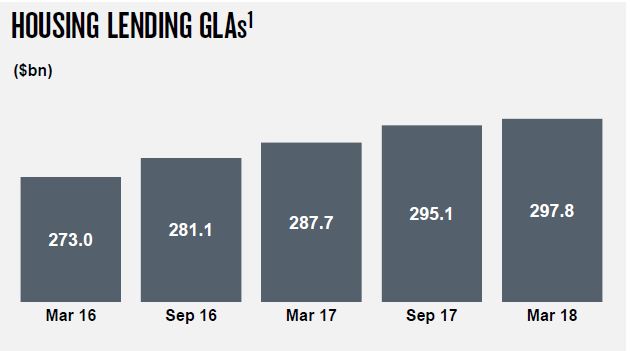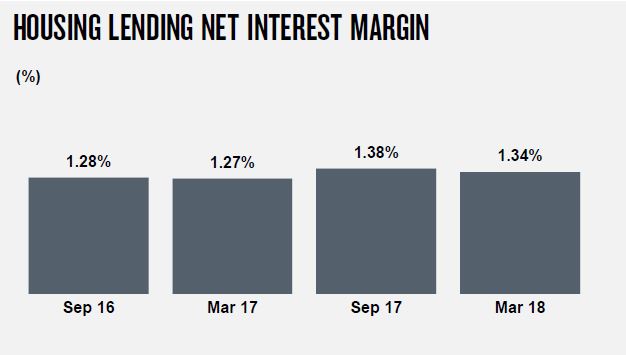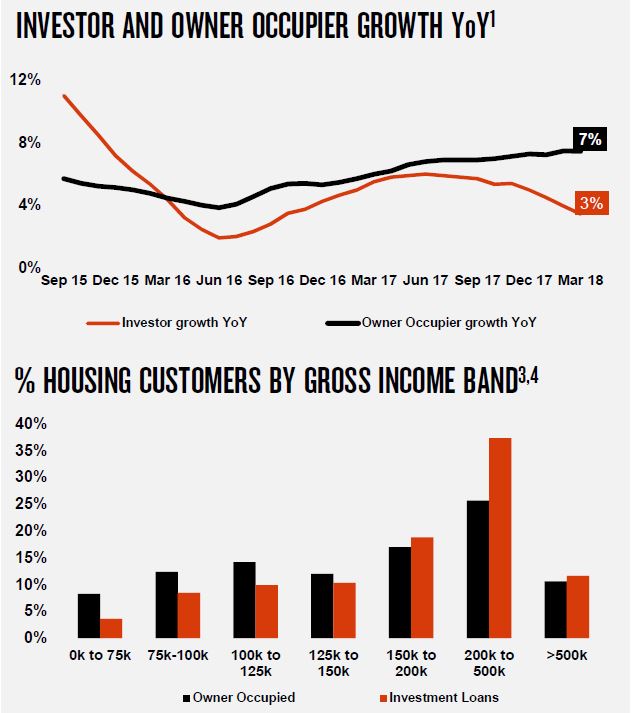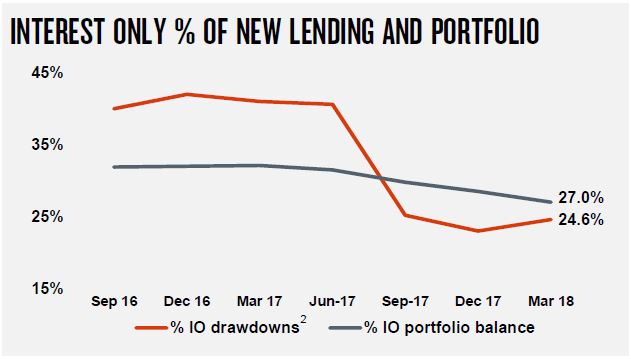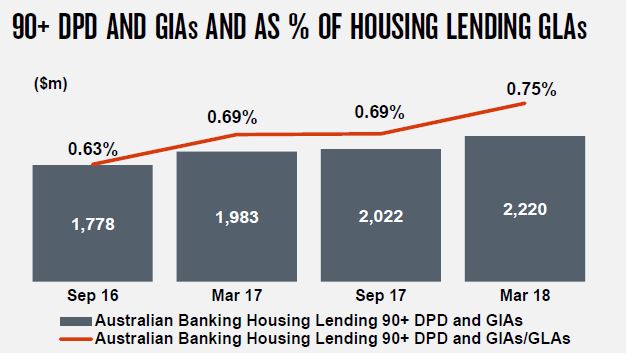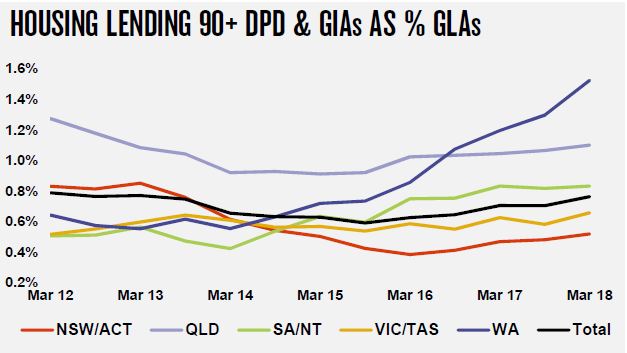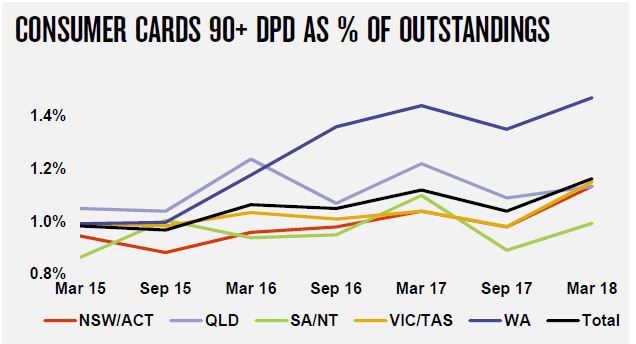NAB says it will change the remuneration structure for more than 4000 frontline staff nationwide from 1 October 2018.
Bankers who work in NAB’s branches and consumer call centres will be moved from their current incentives arrangements to NAB’s Group Short Term Incentive (STI) Plan. This change is in line with NAB’s commitment in April last year to implementing the recommended reforms of the Retail Banking Remuneration Review (Sedgwick Report).
NAB Executive General Manager of Performance and Reward, Lynda Dean, said these changes demonstrate NAB’s continued focus on its customers.
“We want our customers to be confident that, every time they deal with us, they are receiving a strong customer experience, and products and services that suit their individual needs,” Ms Dean said.
Under the NAB Group STI Plan, NAB employees are rewarded based on a balanced scorecard of customer advocacy, compliance with risk, process/quality improvements, and financial performance.
“We believe that how our people demonstrate NAB’s values as they do their job is just as important as the job itself – that’s why we’re moving all frontline bankers to the Group STI Plan.”
“This change is one of many things NAB is doing to make banking better for our customers, and to help bring to life our vision to be Australia and New Zealand’s most respected bank,” Ms Dean said.
This change means NAB’s reward structures are compliant with the reforms that independent expert Stephen Sedgwick AO recommended be introduced by 2020.
It follows a number of changes NAB has already made to its employee remuneration structure over the last 18 months, including:
- In 2016, NAB moved away from performance-based, fixed pay increases for customer service and support staff. These staff receive a standard pay rise of 3 per cent per year, under the 2016 NAB Enterprise Agreement.
- As part of the 2016 NAB Enterprise Agreement, product sales targets are no longer considered when determining pay increases for Group 3 and 4 employees, who include many branch managers and business bankers.
- On 1 October 2017, NAB made changes to the remuneration structure for over 700 retail branch managers, assistant branch managers, and sales team leaders in consumer call centres – moving these employees from product-based incentives to the Group STI Plan.
“We have moved away from product-based rewards, to using a balanced scorecard approach for our staff – measuring and rewarding the ‘how’, not just the ‘what’,” Ms Dean said.
“Over the coming 12 months, we will continue to review our practices to ensure they align to delivering great customer outcomes.”
Introducing NAB Home Lending Specialists
NAB has also created a new role for bankers – NAB Home Lending Specialists – who will be specially trained to offer customers expert advice in home lending.
“We are investing in our people so that they have the capabilities, skills, and training to provide a simpler, faster, and better customer experience,” Ms Dean said.
NAB’s Home Lending Specialists will complete a Certificate IV in Financial Services, and undertake a tailored training program. Their remuneration structure from 1 October 2018 is also in line with the Sedgwick recommendations.


